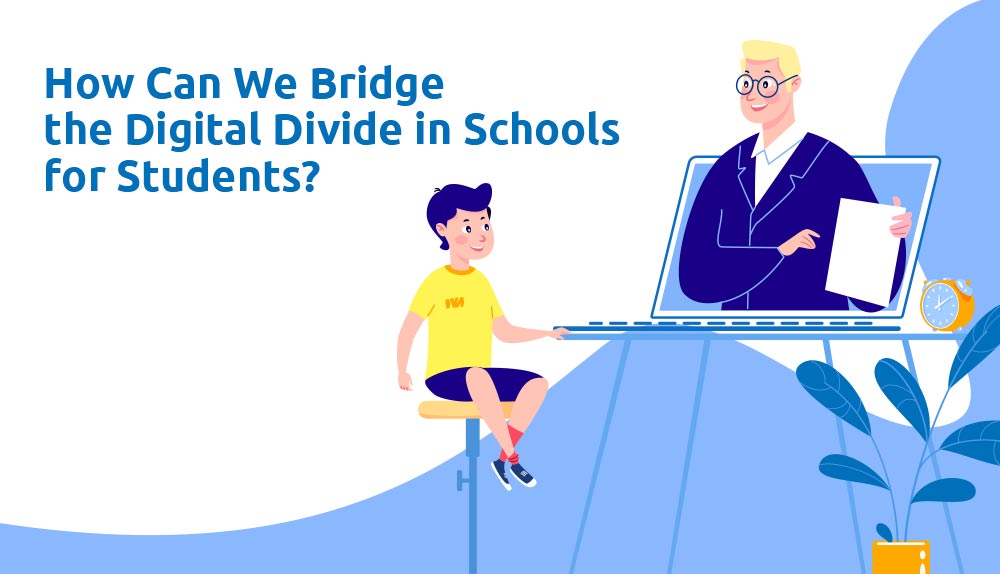
4 things to help a school principal lead through the pandemic
- December 13, 2021
- 0

Despite vaccinations being distributed in record-breaking time, the COVID surge continues to be a wearisome reality for the third consecutive school year. The ongoing pandemic has created an unprecedented crisis evoking strong and divisive emotions and disrupting PreK-12 education. A school principal leading in these demanding and chaotic circumstances faces relentless pressures, limited options, and sleepless nights.
Emotional exhaustion and physical fatigue have eroded school leaders’ job satisfaction, as evidenced by 42% of U.S. principals indicating they were considering leaving their position and 70% stating they had felt close to their breaking point (NASSP & LPI, 2020). A veteran Iowa school principal lamented, “I have been a principal for 20 years, and this was, by far, the most taxing year on me professionally, emotionally, and physically. I would have to change things in all three categories in order to survive another year in a pandemic.”
School leaders have carried the weighty responsibility for adhering to pandemic responses, processes, procedures, and protocols, many of which have changed overnight. Principal leadership has been critical to guiding school teams while avoiding professional burnout. To learn more, we administered a survey, which was completed by over 350 Iowa administrators, which found that leaders who not only thrive in uncertainty but retain positive job satisfaction demonstrate four vital leadership traits: purpose-driven, self-care, self-awareness, and self-efficacy.
Purpose-driven
To withstand adversity, leaders must hold firmly to their WHY. Effective school leaders are in the field due to their genuine care for students and belief in education as a lever for a better future. To quote one school principal from our survey, “Remember why you are in this profession…to serve students and see them grow and flourish through good times and bad times…to make a positive difference and impact on the lives of those we serve daily.”
School leaders are encouraged to visit classrooms, interact with students, and play alongside early learners. These brief moments with students can be meaningful reminders to leaders for why they got into education in the first place. Principals need to “Keep your eyes on the prize… Learning/growth opportunities exist within any problem or challenge presented.” Disruptions to the school year may require school leaders to find new ways to measure progress versus traditional attendance monitoring practices and standardized assessment results.
[“source=eschoolnews”]



















